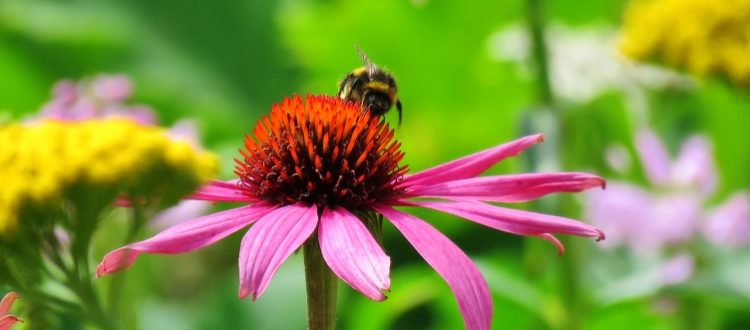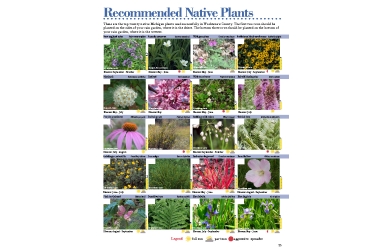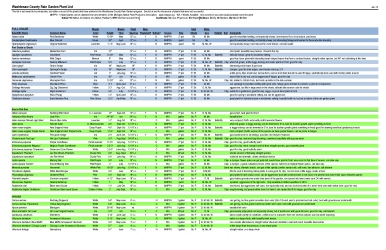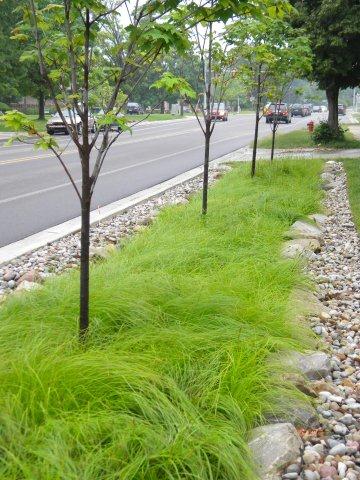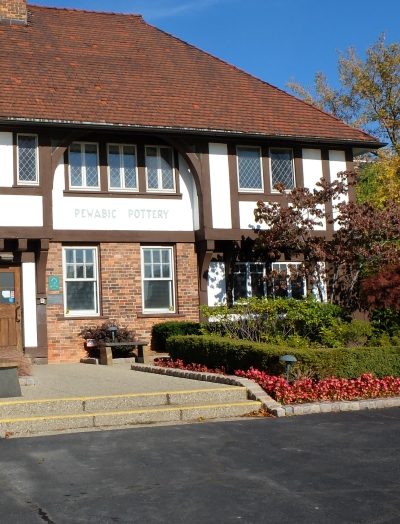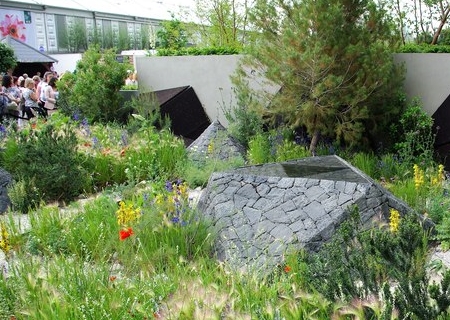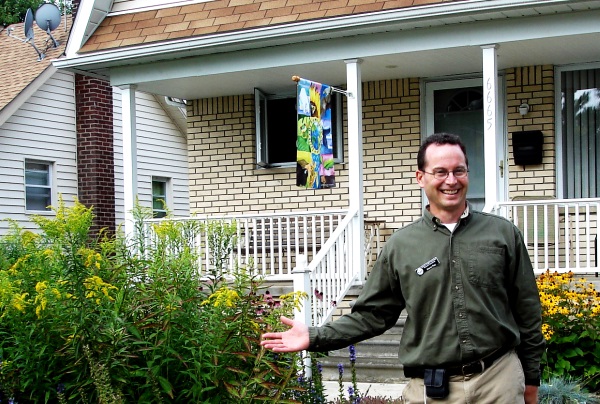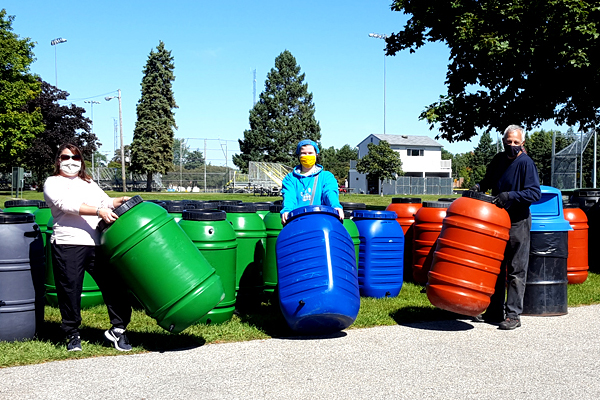Plants for Rain Gardens
Friends of the Rouge recommends native species for rain gardens and ornamental landscapes.
- Native plants tend to perform best in rain gardens, and have been tested extensively.
- Many native plants look great in traditional gardens, and are available at most garden centers (press here to find nearby nurseries that sell rain garden plants).
- Birds and butterflies depend on native plants. Most caterpillars only eat specific plants, like monarchs depend on milkweeds. Songbirds depend on insects to feed nestlings, and many insects similarly depend on native plants.
However, some traditional ornamental species do survive in rain gardens. Below you’ll find suggestions for both native and non-native species. Ready to buy? Find local sources here.
Top 20 Most Reliable Plants for Rain Gardens
Developed by the Washtenaw County Master Rain Gardener Program
Where to buy plants
Visit our Rain Garden Professionals and Service Providers page to find local sources for native plants.
Uncomfortable using native plants? Here’s how to do it.
Messy ecosystem, orderly frame.
You’re probably concerned that native plants look messy. Certainly, some do. The garden to the left features Fox Sedge (Carex vulpinoidea) and Red Maple (Acer rubrum), both native species. The garden works despite the the disheveled sedge for a few reasons:
- The wild sedge is framed by an orderly design. The linear tree planting and contrasting boulders and stones effectively counterbalance the sedge.
- Use of few species also contributes to a sense of order.
The stronger and cleaner that you frame a native plant garden, the messier the plants can be and still look great to most people.
Framing your Native Plants
The “frame” that your neighbors will find most acceptable is one that looks like other gardens in the neighborhood. People tend to want neighborhood landscapes to look uniform. Look around. What do gardens tend to look like in your community? Below are a few common “frames” that you might keep an eye out for.
- Evergreen hedges, like the boxwood pictured to the right.
- Boulders and rockwork
- Attractive use of mulch.
- Clean and well maintained lawn borders
- Fencing and other landscape hardscapes
Focal points
Careful attention to creating strong focal points strongly affects how people respond to gardens. Most people don’t know or recognize plants. They will pay most attention to the focal plant or object that you’ve arranged.
Structure
A common mistake with rain gardens and native plants is to select plants that look good only in one season. Evergreens, other woody plants, rocks, and walls provide year-round structure to help gardens look good in winter. Bunch grasses similarly often provide great structure in winter time, standing up to snow to maintain form.


This project has been funded in part through the Michigan Department of Environmental Quality’s (DEQ) Nonpoint Source Program by the United States Environmental Protection Agency (EPA). The contents of the document do not necessarily reflect the views and policies of the EPA or the DEQ, nor does the mention of trade names or commercial products constitute endorsement or recommendation for use.

